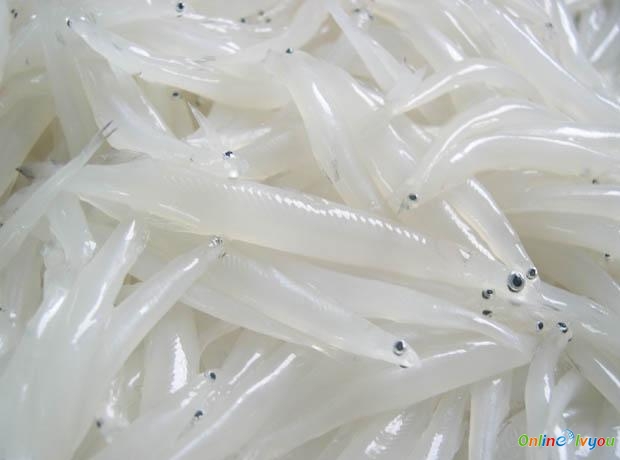Wuxi
my missed hometown
by Mike (LISHD1103)
Name of Place:Wuxi
Location: China, Aisa
Introduction:
Wuxi (Chinese: s 无锡; t 無錫; p Wúxī) is an old city in Jiangsu province in the People's Republic of China.Split in half by Lake Tai, Wuxi borders Changzhou to the west and Suzhou to the east. The northern half looks across to Taizhou across the Yangtze River, while the southern half also borders the province of Zhejiang to the south. Wuxi also has a history of business people involved in modern Shanghai commerce since the early 20th century.
Geography and Demographics
Map showing the city Wuxi (Arrowed ) and its relation to the City of Shanghai, The Yangtse River and Lake Taihu.
Wuxi itself is on an alluvial plain of deep sedimentary deposits cut between limestone foothills, making it one of the sources for "scholar's rocks", the intricately weathered stones which were used as devices for contemplation.According to the 2010 Census, the prefecture-level of Wuxi has a population of 6,372,624, 1,192,777 inhabitants more than in 2000 (the average annual population growth for the period 2000-2010 was of 2.09%).
Economy
Currently Wuxi is designated as an investment grade city, and has two large industrial parks devoted to new industries.While being the current manufacturing centers on textiles, there are projects to move to electric motor manufacturing and MRP software development. Wuxi is the solar technology hub in China as two major photovoltaic companies are based in the city. They are Suntech Power and Jetion Holdings Ltd which are listed on overseas stock exchanges.In 2008 new energy industries were worth 37.8 Billion RMB, with the solar photovoltaic industry accounting for 30.2 Billion RMB of the total. The GDP per capita was ¥157,400 (US$24,984) in 2011, ranked first in Jiangsu Province,the third in China just behind Shenzhen and Shanghai, ahead of capital Nanjing and Suzhou.
The center of the city is filled with modern high rise buildings and the market is being redeveloped in a postmodern style. Hynix completed a new chip plant in Wuxi.
Famous scenic spots
Tai Lake
Lake Tai is a large lake in the Yangtze Delta plain, on the border of Jiangsu and Zhejiang provinces in Eastern China. The waters of the lake belong to the former in its entirety with part of its southern shore forming the boundary between the two provinces. With an area of 2,250 km² and an average depth of 2 metres, it is the third largest freshwater lake in China, after Lake Poyang and Lake Dongting. The lake houses about 90 islands, ranging in size from a few square meters to several square miles.Lake Tai is linked to the renowned Grand Canal and is the origin of a number of rivers, including Suzhou Creek. In recent years, Lake Tai has been plagued by pollution as a result of rapid economic growth in the surrounding region.
Formation
Scientific studies suggest that Lake Tai's circular structure is the result of a meteor impact based on the discovery of shatter cones, shock metamorphosed quartz, microtektites, and shock metamorphic unloading fractures. Recent science has dated the possible impact crater to be greater than 70 million years old and possibly from the Late Devonian Period. Fossils indicate that Lake Tai was dry land until the ingression of the East China Sea during the Holocene epoch. The growing deltas of the Yangtze and Qiantang rivers eventually sealed off Lake Tai from the sea, and the influx of fresh water from rivers and rains turned Lake Tai into a freshwater lake.Scenic locations
The lake is renowned for its unique limestone formations. These Chinese scholar's rocks are often prized as a decorating material for the traditional Chinese garden, especially in areas such as Suzhou.According to many guidebooks, Lake Tai is best seen from the scenic viewpoint in Xihui Park (錫惠公園) in the west of Wuxi (無錫), from the top of Dragon Light Pagoda (龍光塔 Lóng Guāng Tǎ), from which both Wuxi and Lake Tai are visible. Another well-known panoramic view is from Longshan (Mt Long), where the famous ancient poet Su Shi (1037–1101) once wrote a poem.
Three of the lake's islands are known as the Sanshan Islands ('three hill islands'), one of the Chinese National Geological Parks. It was a notable haunt of bandits.
One of the best locations to view the lake is Xihui Park in the west of Wuxi. By climbing the summit of Dragon Light Pagoda (Longguang Pagoda) inside the park, you will get a bird's eye view of the city and the lake. Mei Yuan is also located in Lake Tai.
Yuantouzhu (Turtle Head Isle) is another prominent region for tourists. It received this title because its outline resembles a turtle head. The region gained its fame in the early 20th century and it contains more than ten scenic sites for visit.
Gaint Buddha
The Grand Buddha (simplified Chinese: 灵山大佛; traditional Chinese: 靈山大佛; pinyin: Língshān Dà Fó) is located at the south of the Longshan Mountain, near Mashan, town of Wuxi, Jiangsu Province, People's Republic of China. It is one of the largest Buddha statues in China and also in the world.
At more than 88 metres high, the Grand Buddha at Ling Shan is a bronze Sakyamuni standing Buddha outdoor, weighing over 700 tons. It was completed in the end of 1996.In 2008, a "Five-signets" Palace and a Brahma Palace were built south-east of the grand buddha statue.



















No comments:
Post a Comment